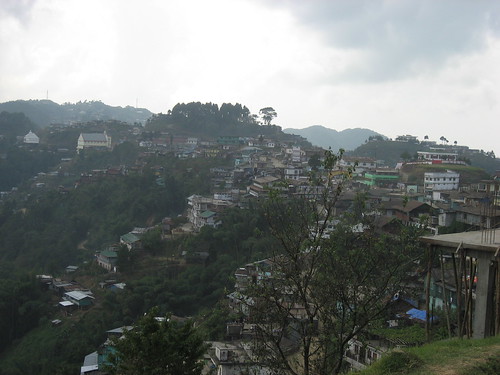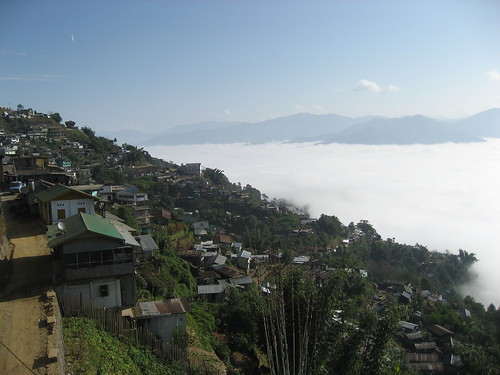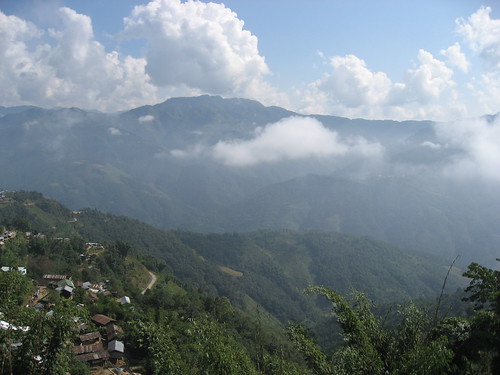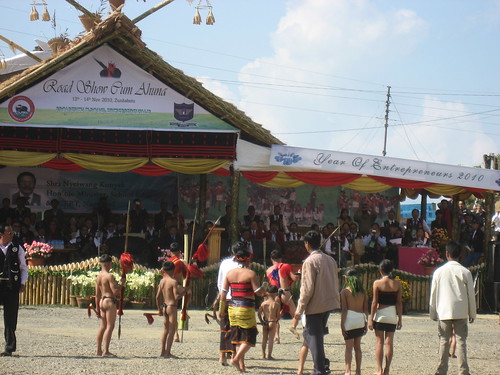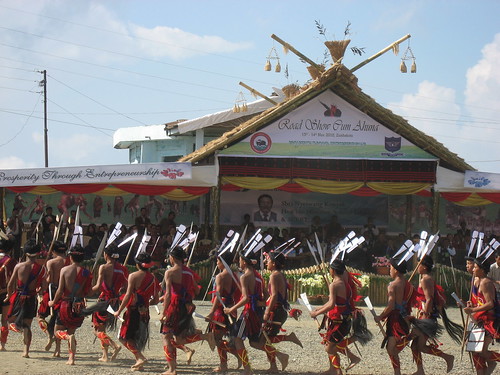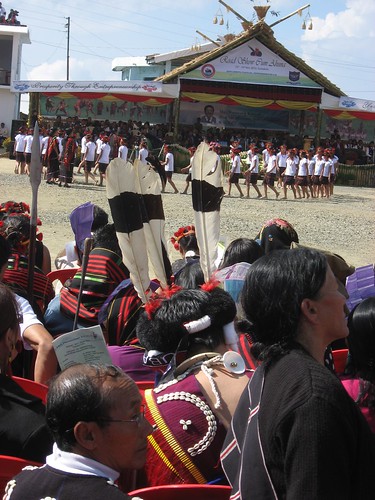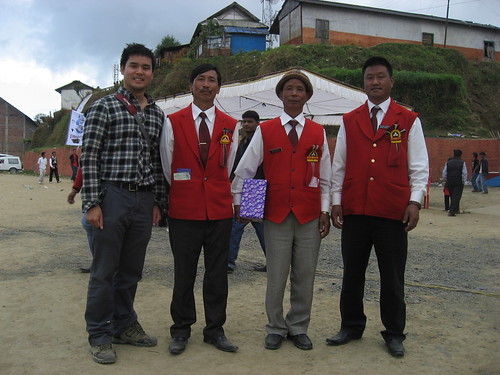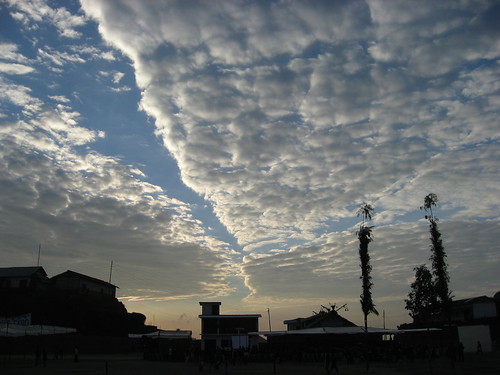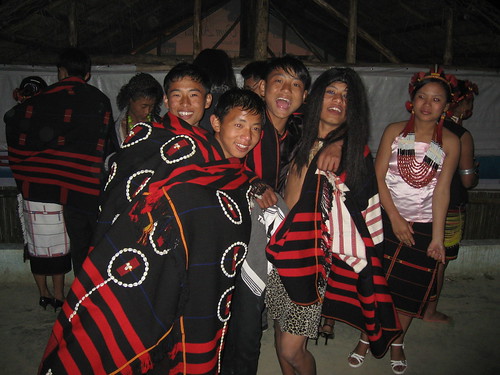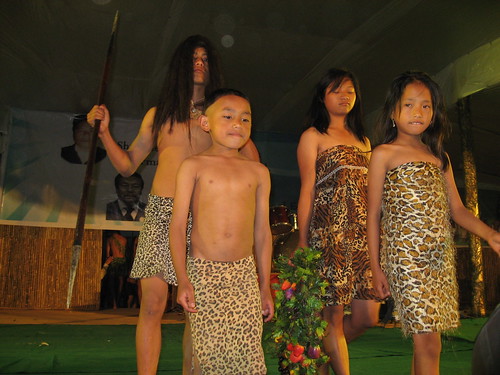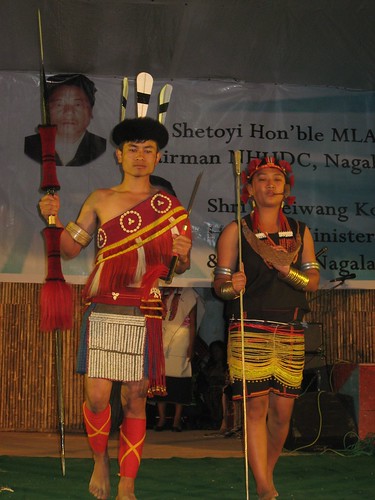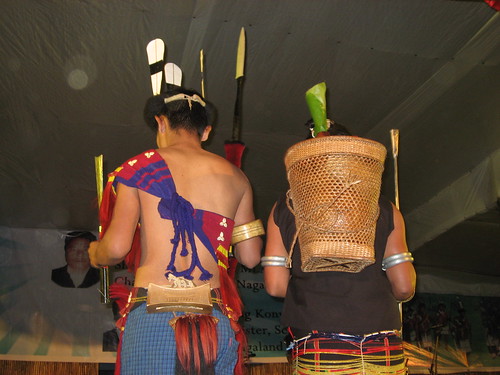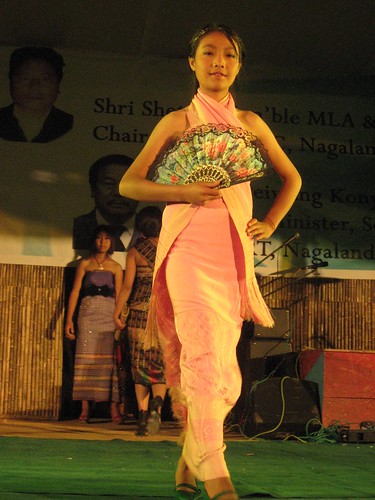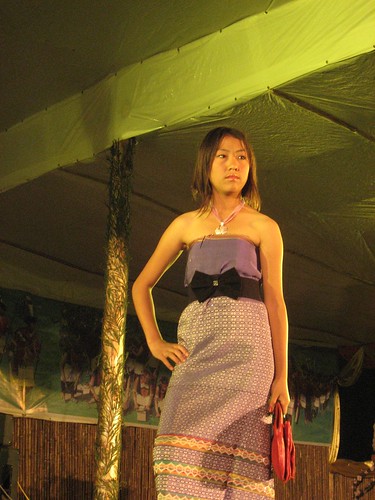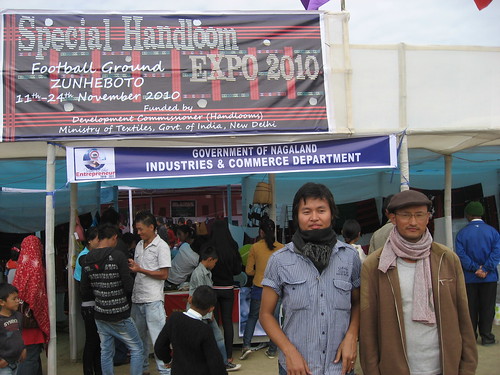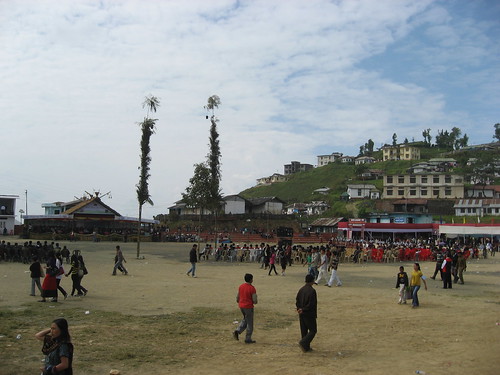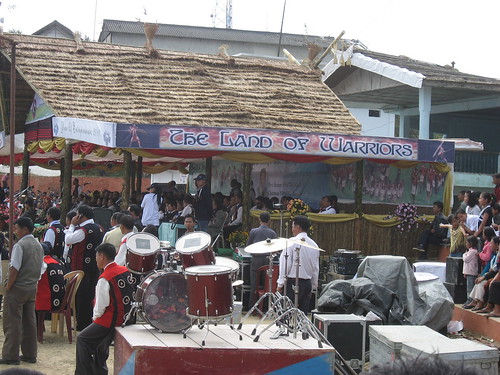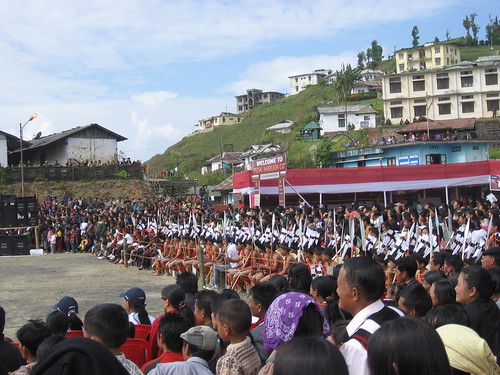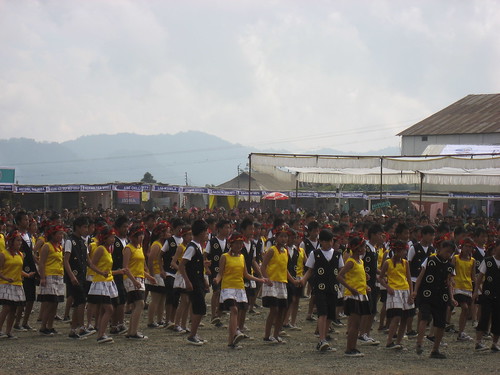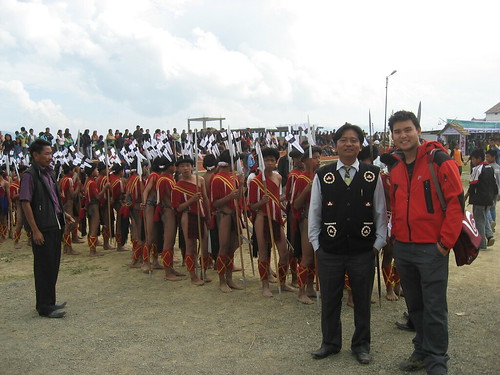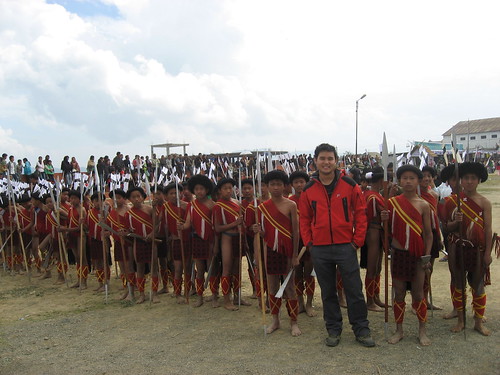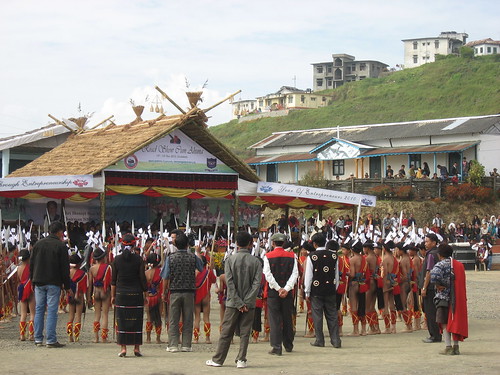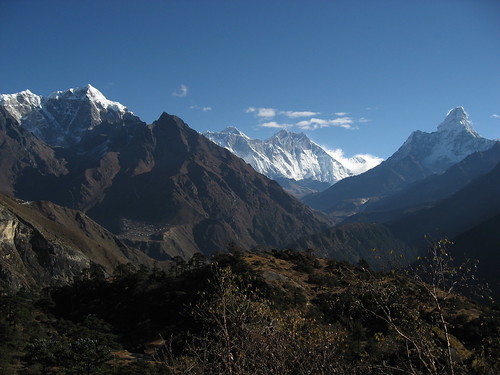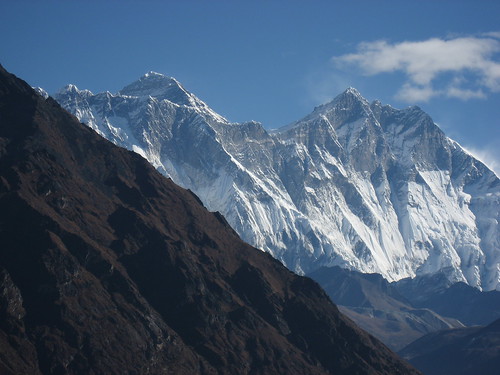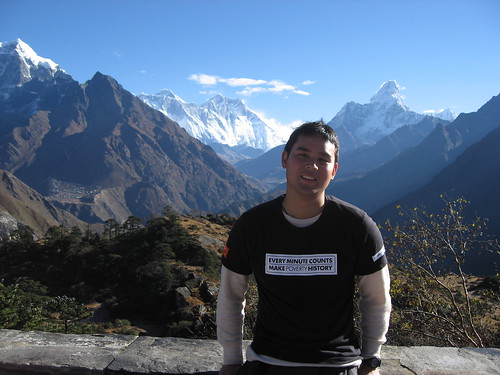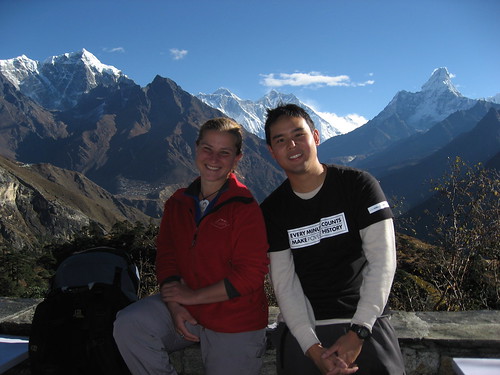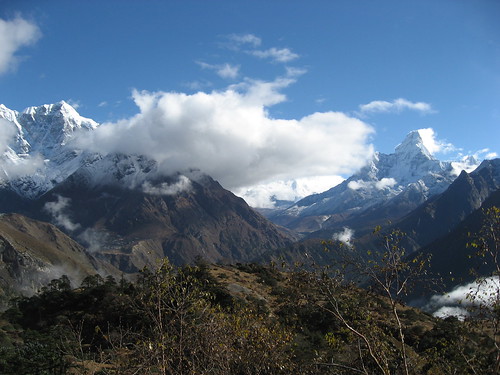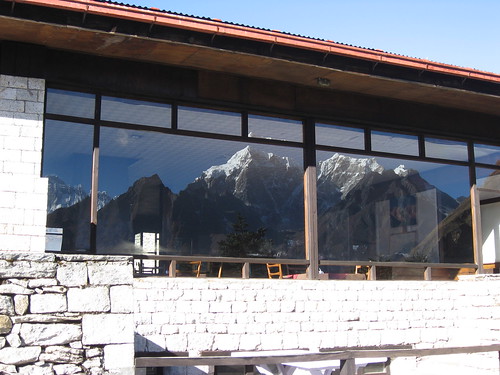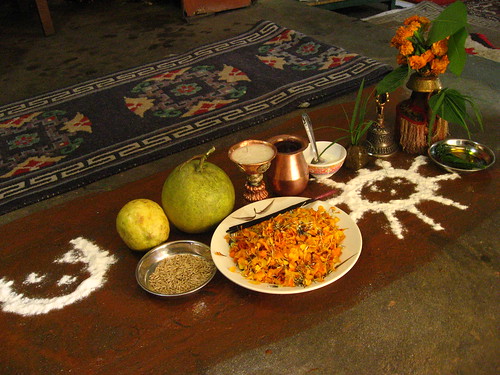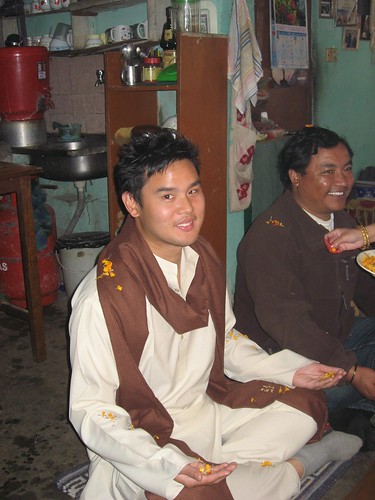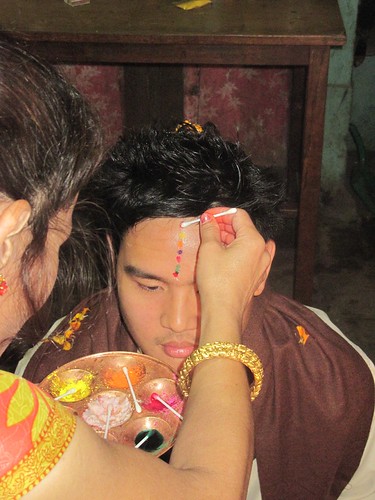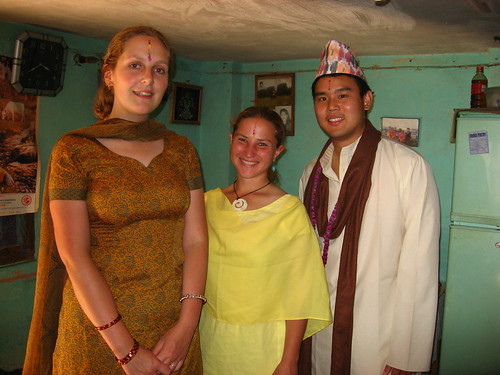The pronoun system of Sumi is given below. As you can see, pronouns in Sumi are marked for singular, dual and plural number.
SINGULAR
ni / i 'I' (these carry low tone)
no 'you' (this carries low tone)
pa 'he/she' (li 'she' also exists, but is not used often)
DUAL
ikujo 'we two'
okujo 'you two'
pama / küma 'they two'
PLURAL
ningu 'we all (more than two)' (ni- carries mid tone)
nongu 'you all (more than two)' (no- carries mid tone)
panongu 'they all (more than two)'
In addition, you can specify the number of people in a group, e.g.niküthü (ni-küthü 'we-three') 'we three', nobidi (no-bidi 'you-four') 'you four'.
It was therefore interesting to hear (and to be able to see the mistake when) a friend's 3 year old son pointed to a photo of himself and his father and said, 'nikini', which literally means 'we-two'. He was quickly corrected, the pronoun ikujo being the expected form here.
I'm no child language acquisition specialist, so I can't comment on this as such, but this would suggest that the dual forms are the most marked ones in the pronoun set (similar to English nouns with irregular plural forms) which are learnt after the other pronouns.
SINGULAR
ni / i 'I' (these carry low tone)
no 'you' (this carries low tone)
pa 'he/she' (li 'she' also exists, but is not used often)
DUAL
ikujo 'we two'
okujo 'you two'
pama / küma 'they two'
PLURAL
ningu 'we all (more than two)' (ni- carries mid tone)
nongu 'you all (more than two)' (no- carries mid tone)
panongu 'they all (more than two)'
In addition, you can specify the number of people in a group, e.g.niküthü (ni-küthü 'we-three') 'we three', nobidi (no-bidi 'you-four') 'you four'.
It was therefore interesting to hear (and to be able to see the mistake when) a friend's 3 year old son pointed to a photo of himself and his father and said, 'nikini', which literally means 'we-two'. He was quickly corrected, the pronoun ikujo being the expected form here.
I'm no child language acquisition specialist, so I can't comment on this as such, but this would suggest that the dual forms are the most marked ones in the pronoun set (similar to English nouns with irregular plural forms) which are learnt after the other pronouns.





